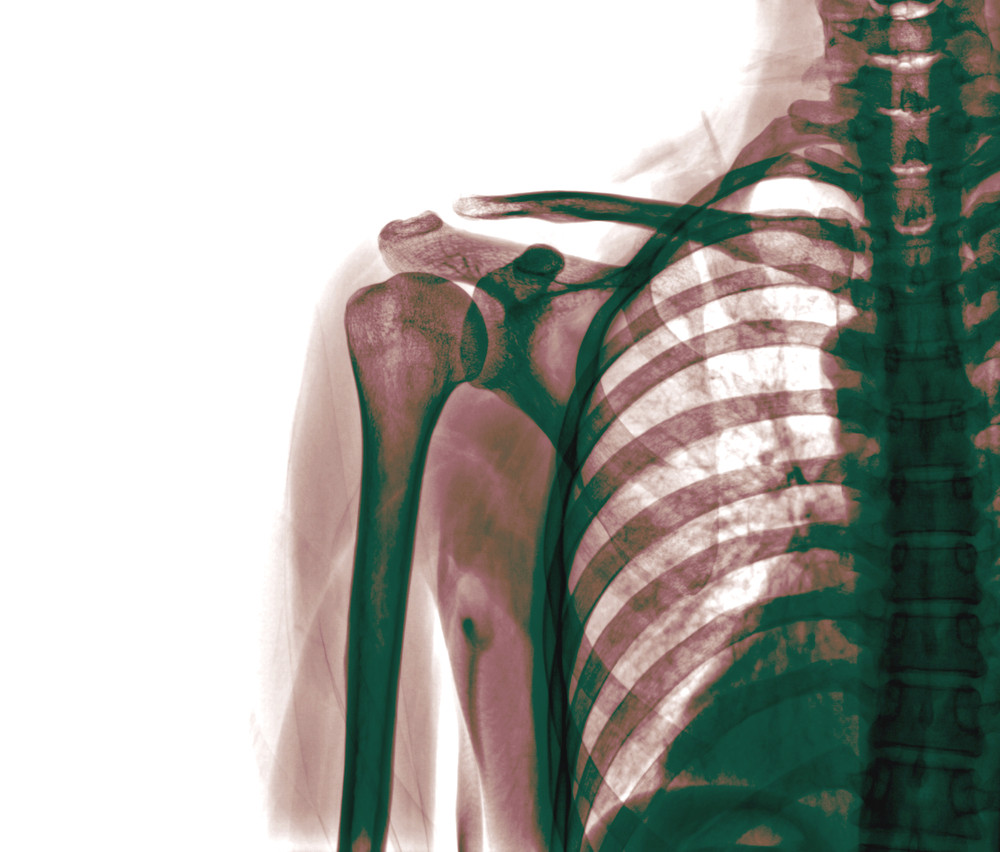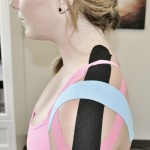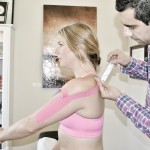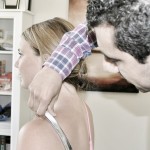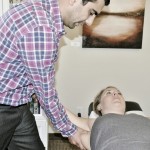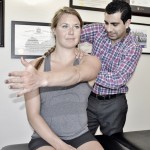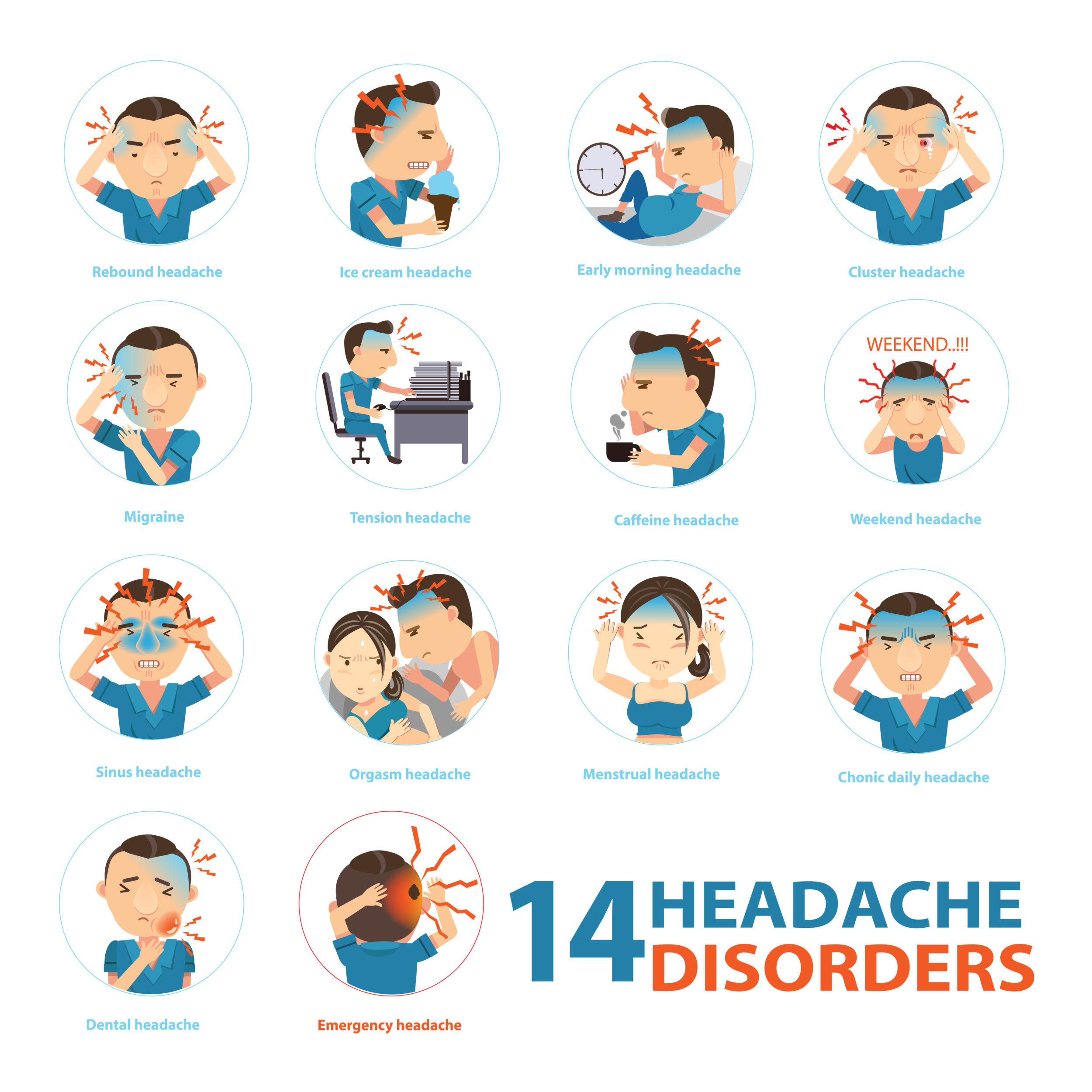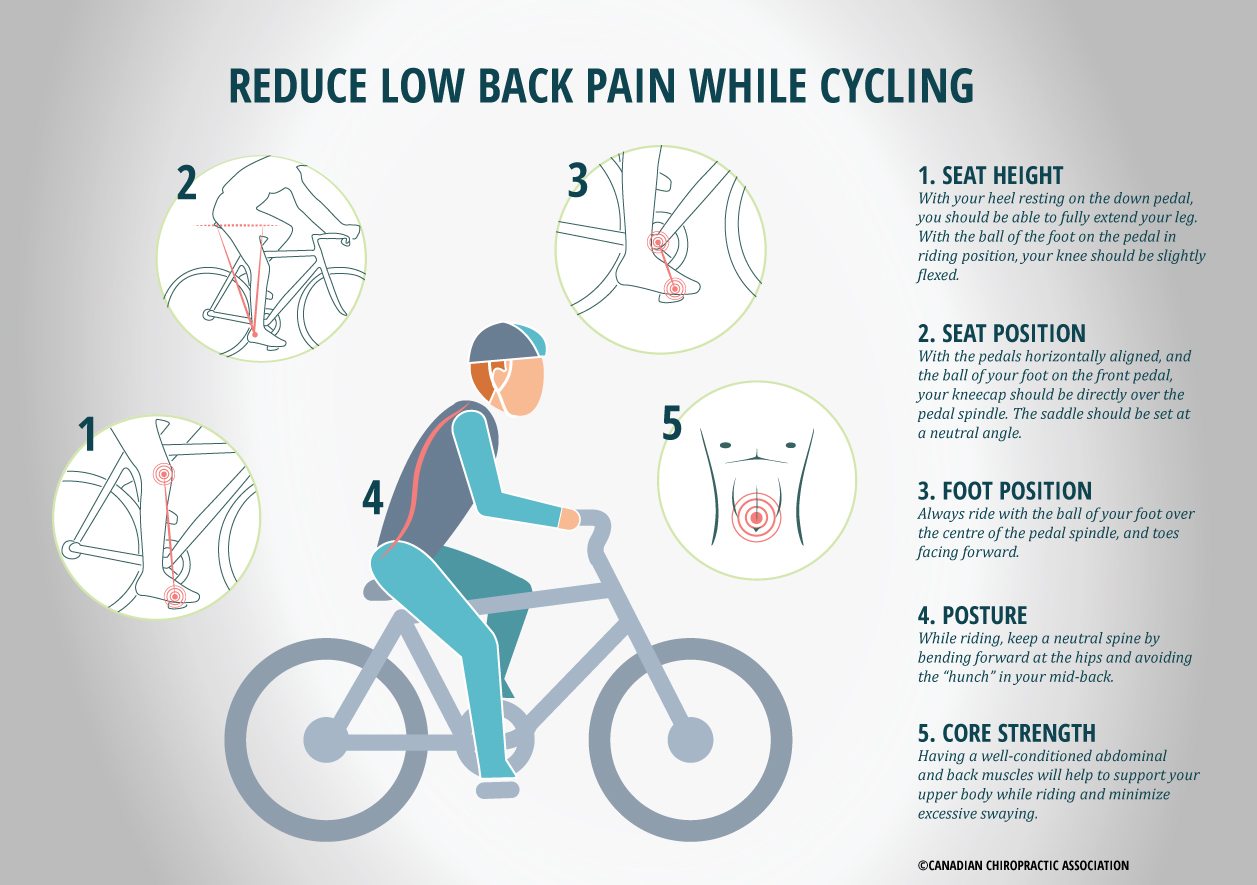The shoulder joint, perhaps the most complicated joint in the body and one of the most commonly injured joints, is made from the articulation of three bones: the humerus (arm bone), the clavicle (collarbone), and scapula (shoulder blade). The joint is a ball-and-socket joint and its anatomical design makes it the most movable joint in the body. This increased mobility, however, comes at a costs. The anatomical design necessary to give the shoulder such a wide range of motion makes the shoulder joint somewhat unstable. Consequently, this instability makes the shoulder more vulnerable to injury. Shoulder injuries are one of the most commonly treated conditions seen daily in chiropractic and physiotherapy clinics. The shoulder joint is especially difficult to treat because of four main reasons. The first reason is due to the complexity of the joint and the multiple structures that make up the joint to give it such enhanced functionality. The second reason is the difficulty in diagnosing the right condition. Many practitioners are not well trained to treat and differentiate between the multitude of conditions that make up shoulder injuries. Thirdly, moving the shoulder joint is necessary in day-to-day functionality and performing almost all activities of daily living (ADLs). Consequently, it is very difficult to give an injured joint adequate rest and limit the stress on it to allow it to heal properly. Lastly, many people might not know that they have a shoulder injury and, in fact, most injuries go undiagnosed for months or years. The longer an injury has persisted, the longer and more difficult it is to treat.
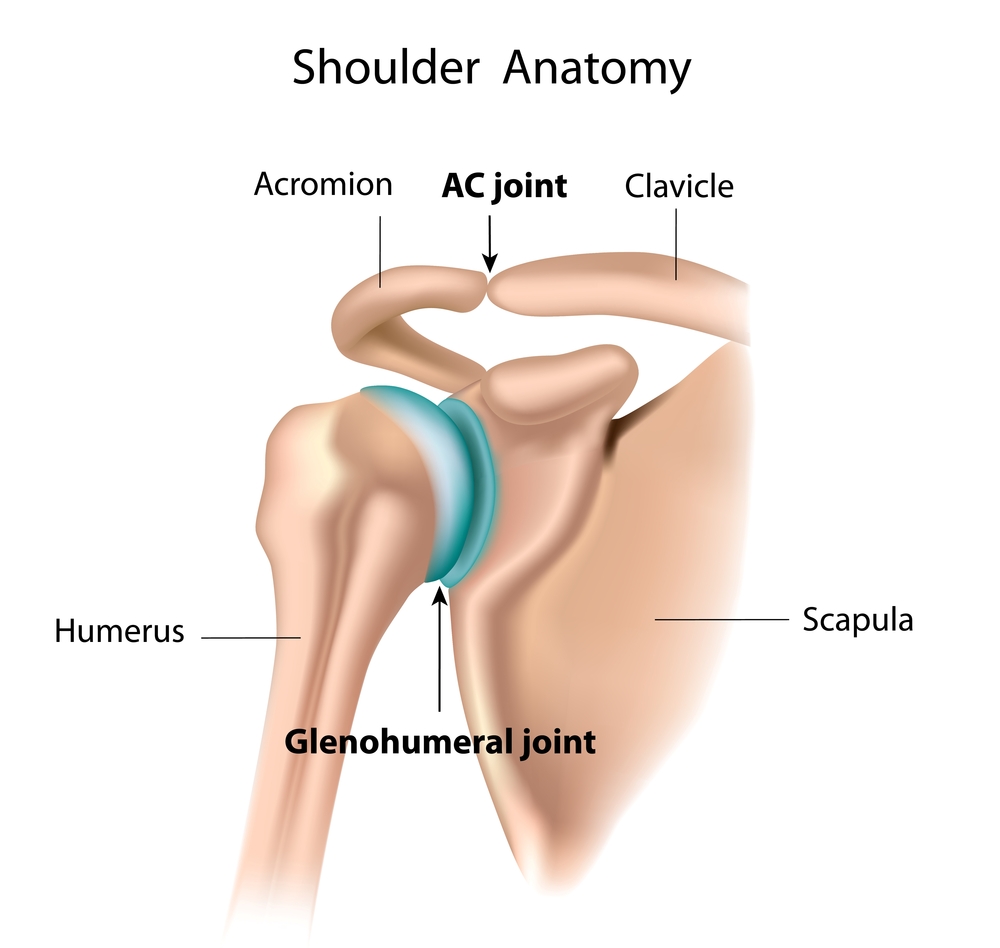
What are the most common shoulder injuries?

- Frozen shoulder (Adhesive capsulitis)
- Biceps strain/tendinopathy
- Shoulder impingement syndrome
- AC joint sprain or separation
- Thoracic outlet syndrome
- Shoulder instability
- Rotator cuff strain/tendinopathy:
- Infraspinatus strain/tendinopathy
- Supraspinatus strain/tendinopathy
- Teres minor strain/tendinopathy
- Subscapularis strain/tendinopathy
What are the main mechanisms of injury for the shoulder?
- Direct trauma or impact
- Falling on outstretched hand (FOOSH) injuries
- Repetitive overuse activities such as gardening, shoveling, using the computer or mouse, construction
- Sports such as tennis, swimming, golf, and weight lifting
- Motor vehicle accidents
- Sleeping on the shoulder
How do you know if you have a shoulder injury? What are the signs & symptoms?
20 simple and concise questions to see if you might have an underlying shoulder injury.
If you answer YES to 1 or more of these questions, you might have a shoulder injury.
- Do you have pain/swelling/redness in the shoulder? (Pain can be in front, side, back, or in the shoulder blade)
- Do you have numbness/tingling/weakness in the shoulder and/or into the arm and hands?
- Did you fall on your outstretched hand?
- Do you feel popping/snapping/tearing in the shoulder during movements?
- Do you feel unstable in the shoulder joint especially during an activity?
- Do you have limited range of motion in the affected shoulder?
- Do you feel an impingement or something blocking your range of motion?
- Is your collarbone tender, or do you have a bump on it?
- Do you have increasing stiffness and inability to move your shoulder?
- Is your shoulder comfortable with your arm at rest by your side?
- Does your shoulder allow you to sleep comfortably?
- Can you reach the small of your back to tuck in your shirt with your hand?
- Can you put your hand behind your head with the elbow straight out to the side?
- Can you place a coin at your shoulder level without bending your elbow?
- Can you lift approx. 1 kg to your shoulder level without bending your elbows?
- Can you lift approx. 4 kg to the top of your head without bending your elbow?
- Can you carry approx. 10kg at your side with the affected arm?
- Can you wash the back of your opposite shoulder with the affected arm?
- Can you scratch your upper back in between your shoulder blades with the affected shoulder?
- Can you throw a ball overhand approx. 20m with the affected arm?
What are some of the most effective evidence-based treatments for shoulder injuries?
Dr. Khoshroo provides the following treatments in conjunction for shoulder injuries and shoulder pathologies:
- Active Release Technique – ART
- Kinesio taping
- Graston soft tissue therapy
- Chiropractic manipulative therapy
- Proprioceptive Neuromuscular Facilitation (PNF) stretching
- Joint mobilization
- Cryotherapy (ice therapy)
- Thermotherapy (heat therapy)
- At-home REHAB exercises and stretches for the shoulder targeting the muscles, ligaments, tendons, and joints in/around the shoulder complex – See below for more details.
Shoulder REHAB – What are some effective exercises and stretches for shoulder injuries?
- Refer to The Shoulder (Part II): REHAB exercises & stretches for shoulder injuries
- At-home REHAB exercises and stretches for the shoulder targeting the muscles, ligaments, tendons, and joints in/around the shoulder complex are very important for proper healing and complete recovery. Treatments alone are not enough in most cases.
- The goals of REHAB exercises and stretches:
- Increase strength
- Increase flexibility
- Increase stability
- Increase range of motion
- Increase functionality
- REHAB exercises and stretches are given in conjunction with treatments
- Consult with Dr. Khoshroo prior to self diagnosis, treatment(s), exercises and stretches

